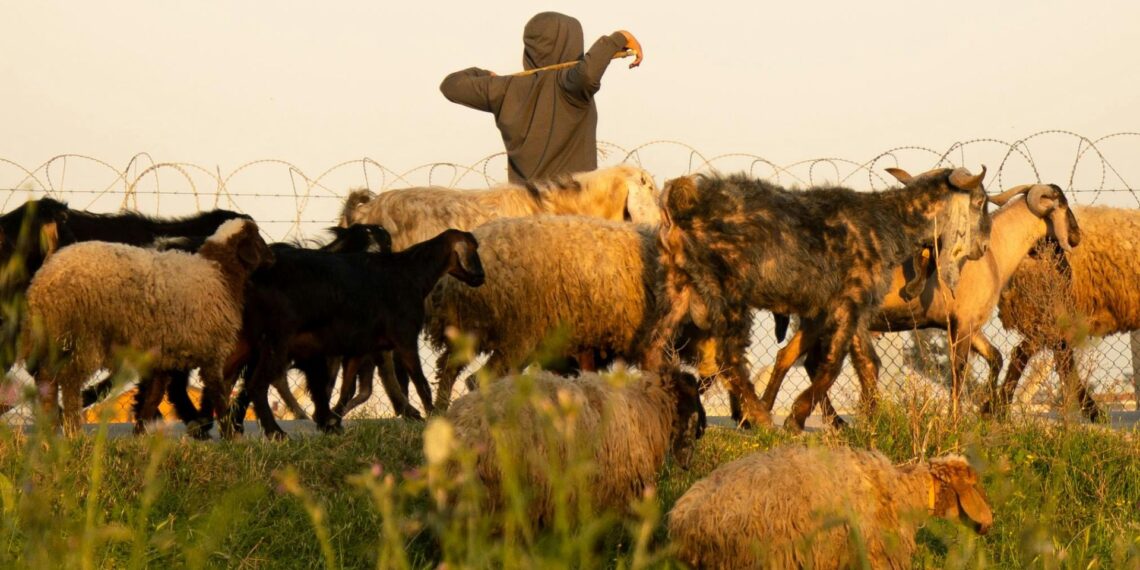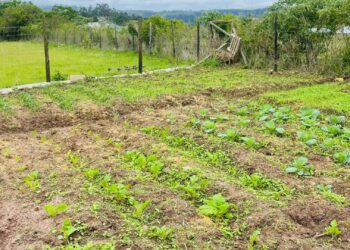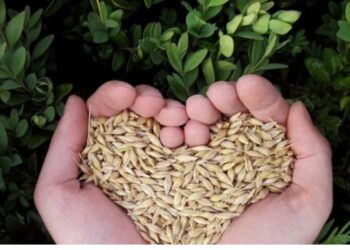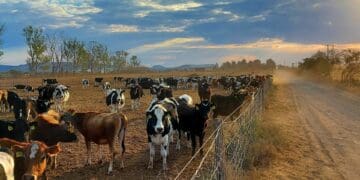As the festive season draws near, livestock theft remains a growing concern for farmers across South Africa. Collaboration between the South African Police Services, organised agriculture, and rural communities will be critical in combating this crime surge.
According to Khomotso Mashiloane, Red Meat Industry Services (RMIS) livestock technical advisor, this period often sees a spike in theft incidents.
“As we move into the festive season, livestock theft often increases because of higher demand for meat during holidays, and relaxed farm routines. Farmers should remain extra vigilant during this period,” Mashiloane.
He added that preventing stock theft requires both individual vigilance and collective responsibility, reminding farmers that, “As an African proverb says: ‘A single bracelet does not jingle’. Farmers working together make a stronger noise against stock theft.”
Statistics reveal a persistent problem
Recent data from Statistics South Africa’s Governance, Public Safety, and Justice Survey highlighted the scale of the problem. In the 2024/25 period, over 61 000 goats were stolen, followed by 37 947 cattle and 36 486 poultry.
Related stories
- EC villages under siege as livestock theft cripples farmers
- GPS ear tags offer hope against livestock theft
- Limpopo’s ‘soil boy’ finds calling in crops, cattle, and community
- SA’s first operational training feedlot opens in Cullinan
The survey further revealed that nearly half of all theft incidents occurred in kraals or near homesteads, while 40.7% took place in grazing fields. Goats accounted for the majority of livestock stolen (39.8%), followed by cattle (24.6%). The Democratic Alliance reported there was a 3.5% rise in livestock theft compared to 2024. Free State, KwaZulu-Natal, and Eastern Cape are the most affected provinces.
A research paper by criminologist Dr Willie Clack provides a decade-long view of livestock theft between 2013 and 2023, identifying regional disparities, seasonal trends, and organised crime as key factors.
The study revealed a decline in reported cases since 2018/2019, although the actual number of animals stolen remains high, suggesting underreporting. It also found that CCTV and surveillance have influenced the visibility of theft data.
Organised crime fuels theft
Clack noted that the shift of livestock theft from isolated and opportunistic activity to organised crime is further supported by Bunei, McElwee and Smith. According to Clack the research, “[introduces] the dimension of organised crime into livestock theft, underscoring the need for a coordinated and more comprehensive approach to combating this phenomenon.”
He recommends improving reporting mechanisms, conducting targeted research on regional hotspots, investing in law enforcement training, and fostering stakeholder collaboration to build stronger, data-driven responses.
Commenting on the data, Wandile Sihlobo, agricultural economist and policy expert, noted that the financial burden of livestock theft is immense, affecting both commercial and smallholder farmers.
“The theft indecencies present enormous costs to farmers and agribusinesses. In fact, if one talks to any commercial farmer, they would learn that over time, there is significant spending on security. I have seen several farmers installing cameras and several security measures due to concerns about crime.” he said.
Practical solutions
Mashiloane emphasised several practical measures farmers can implement to safeguard their herds:
- Proper identification: “Ensure all animals are tattooed, branded, or tagged. Animals without clear identification are far more vulnerable to theft and harder to recover.”
- Strengthening fences and gates: “Regularly inspect perimeter fencing and locks on kraals to close easy access points for thieves.”
- Night security: “Avoid leaving animals far from homesteads at night, and where possible, kraal them closer to supervision during high-risk periods.”
- Employee relations: “Treat your workers fairly, pay them well, and involve them in farm security. Well-motivated employees are less likely to collude with thieves and more likely to act as the first line of defence.”
READ NEXT: Growing onions: Tips for a successful harvest

















